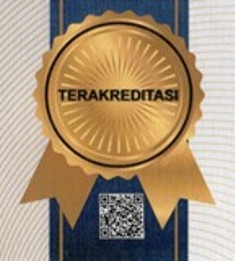Machine Learning to Identify Slum Settlements Based on Satellite Imagery Case Study: Padang City
DOI:
https://doi.org/10.24036/sjdgge.v8i1.611Keywords:
Slum Area, Machine Learning, Support Vector MachineAbstract
Mapping of slums in Indonesia uses a survey-based mapping method. This method requires a lot of time and money, especially when updating data, especially during the current pandemic, it will be risky. Based on the Minister of PUPR Number 14/PRT/M/2020. Over the last 6 years (2014-2020), the mapping of slums cost 382 billion. In addition, the main disadvantage of the survey method is the inconsistency of the results due to the interpretation of surveyors in different fields. To overcome this problem, remote sensing-based slum identification with a machine learning approach with the help of High-Resolution Satellite Imagery (CSRT) and support vector machine (SVM) features can quickly and cheaply calculate slum areas. Therefore, the objectives of this study are (1) Identifying the distribution of slums using machine learning methods based on Satellite Imagery in Padang City. Based on the description above, it can be concluded that the level of slums in the identified areas of slum settlements in Padang City is predominantly light category. There is only one ward, Teluk Kabung Selatan, which is at the medium category. Slums not always squatter which is proven by the ownership status of the land certificate. Pasar Ambacang Ward has the most families in slum settlements (1.112 families). Meanwhile, Tarantang Ward has the smallest slum families in the identified slum area (25 families). Based on the results of the analysis using support vector machine and field verification, slums were identified in 45 (forty-five) villages spread across 11 sub-districts with a total area of 129.16 hectares. This condition is supported by the centralization of activities in the core village of Padang City, which creates a development gap with the hinterland area.












